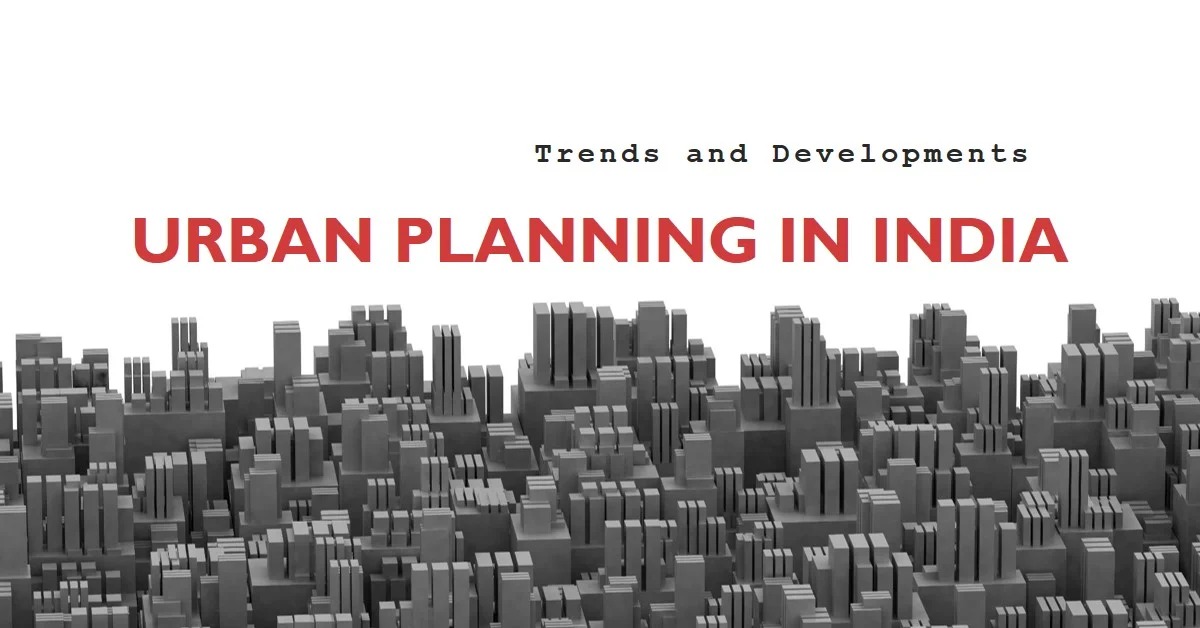India’s cities are buckling under a uniform planning model that ignores local realities. From Delhi’s sprawling infrastructure to small towns with basic service gaps, experts warn that centralized strategies are deepening inequality. A shift toward decentralized, context-sensitive governance is essential to meet the demands of rapid and uneven urbanization.
India’s urban landscape is undergoing a seismic shift—but its planning frameworks haven’t kept pace. As cities swell and small towns evolve, the country’s one-size-fits-all approach to urban development is proving inadequate. A recent analysis by India Development Review and Janaagraha’s ASICS report reveals how centralized planning has failed to address the diverse needs of India’s urban centers.
While metros like Delhi and Mumbai receive disproportionate attention and funding, smaller towns are left behind—struggling with outdated infrastructure, weak governance, and limited access to basic services. The Smart Cities Mission and similar programs have modernized select urban pockets, but they’ve done little to bridge the regional disparities.
Key Highlights:
- Divergent Urban Realities:
Megacities face congestion, pollution, and housing shortages, while small towns grapple with water scarcity, sanitation issues, and economic stagnation.
- Governance Deficit:
Most cities lack empowered local governments. Planning decisions are often made by development authorities rather than elected municipal bodies, undermining accountability and responsiveness.
- Skewed Resource Allocation:
Since 2015, central government funding has disproportionately favored large cities, leaving smaller towns under-resourced and unable to manage growth effectively.
- Missed Policy Impact:
Flagship programs like JNNURM and Smart Cities Mission have not triggered the inclusive transformation policymakers envisioned. Regional inequalities persist.
- Reform Imperatives:
Experts call for ten instruments of change, including constitutional amendments, metropolitan governance models, and empowered mayoral systems to decentralize planning and make it more responsive.
- Future Outlook:
By 2050, nearly half of India’s population will live in urban areas. Without reform, cities risk becoming hubs of inequality, ecological stress, and social fragmentation.
Why It Matters:
India’s urban future depends on recognizing that no two cities are alike. Tailored planning, empowered local governance, and inclusive infrastructure investment are not just ideal—they’re urgent.
Sources: India Development Review (IDR), Hindustan Times – Janaagraha ASICS Report, Department of Architecture and Planning, TKMCE
